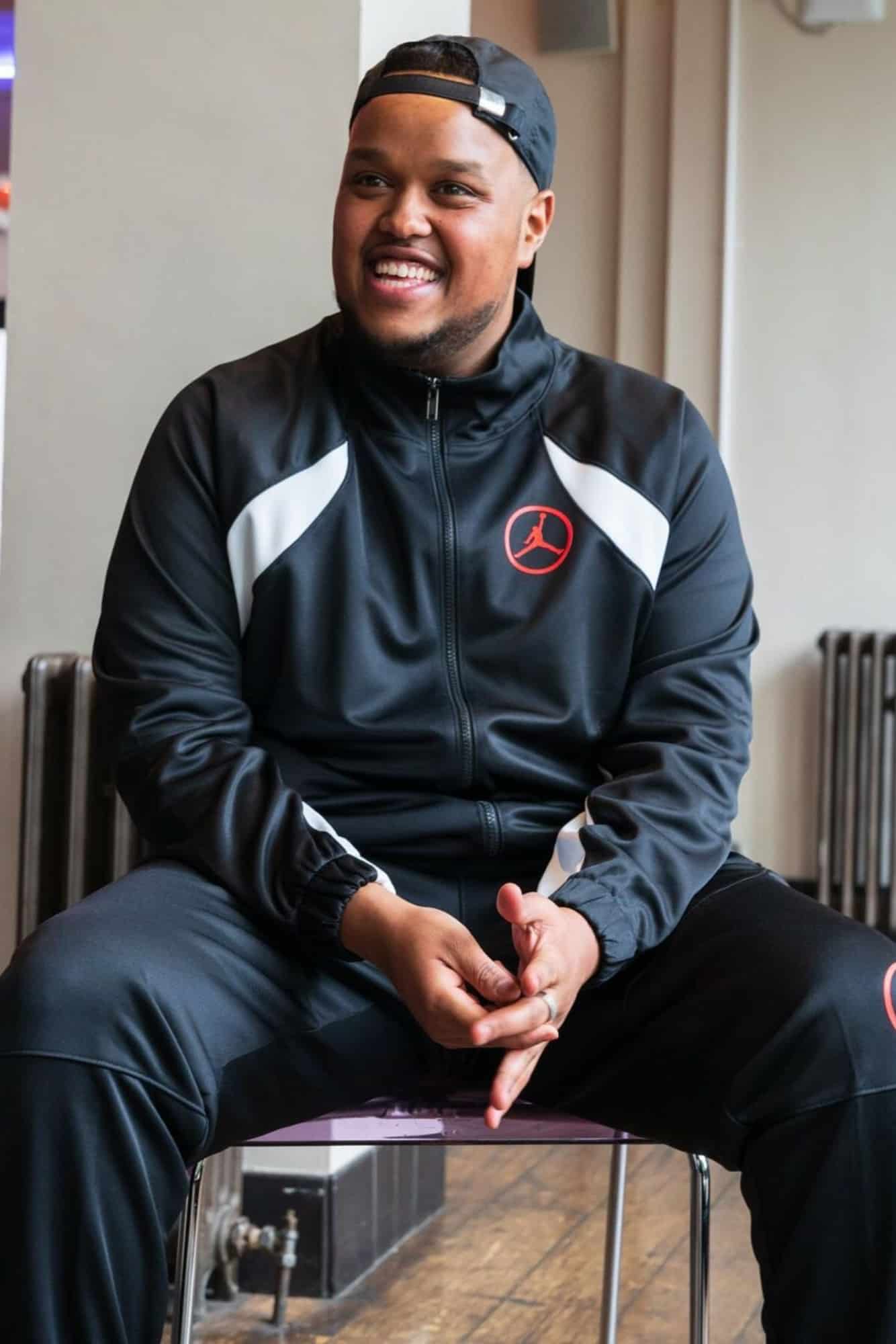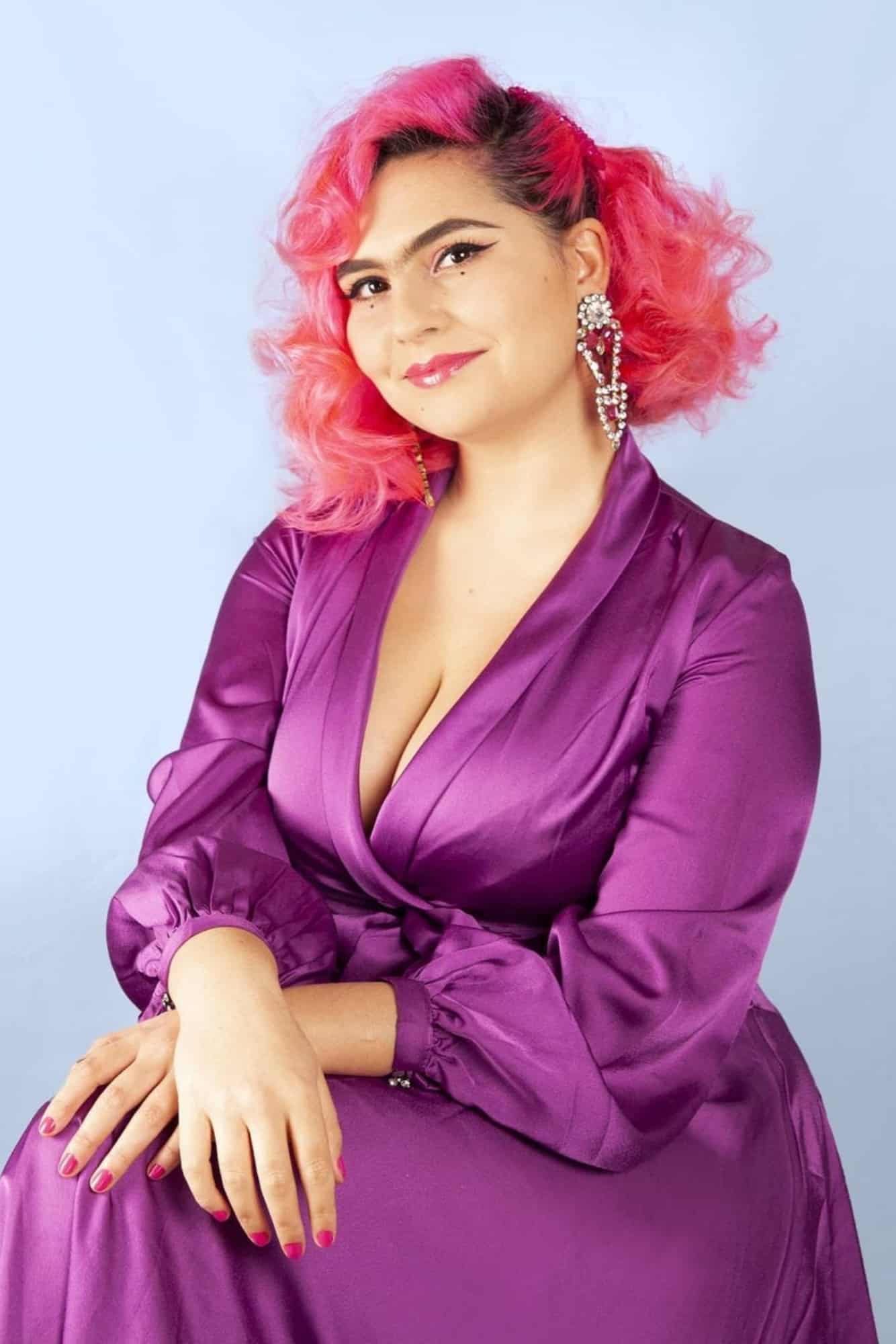Nothing causes digital discourse on social media like a reality show centred around relationships, deceit and problematic behaviour. Why do you think Love Island did so well? Now, keeping us occupied as we await the ITV series’ comeback season, is the latest online phenomenon that is Blue Therapy.
The YouTube show was created by UK-based video production company Trend Centrl founder Andy Amadi and made its debut in late April. And while the channel has gained widespread recognition following the success of its popular series BkChat LDN and The Zeze Millz Show, no one could predict Blue Therapy would be the one to truly transcend the platform into global virality. Amassing the channel a total of 12 million views in the space of a month, Blue Therapy is six-part series that follows the journey of two couples as they confide in a therapist about their respective turbulent, arguably toxic, relationships. Think Couple’s Therapy meets Married At First with a sprinkle of chaotic action reminiscent of Maury – the way these couples abruptly leave the set is honestly no different to the iconic running backstage scenes that made the 1990s show.
You may also like
Since its launch, Blue Therapy has dominated digital chatter. Its dramatic nature had led thousands to anxiously await each episode’s weekly premiere at 8pm sharp. And while many took to the live chat to share their immediate thoughts and responses, the real conversation has been taking place on Twitter, with the show consistently trending. On TikTok, a flurry of videos under #BlueTherapy has reached 18.5 million views on the app, while Clubhouse rooms have been formed. And on YouTube, is a lineup of reaction videos and commentary from an array of vloggers, including prominent cultural commentator Murad Merali, dissecting each episode post-premiere.
So, why exactly is the show proving to be a viral success? Well, like most reality formats, not only is it entertaining to watch other people hash their problems out on camera but also somewhat relatable. Like Love Island, Blue Therapy is a microcosm of some of the many issues that arise in relationships, perfectly providing the opportunity for online commentary to take place. It’s engaging and offers a chance for people to do what they do best: share their opinions. It’s why Trend Centrl’s channel has seen its subscription grow by over 100K in the past few weeks and why Love Island’s viewership soared from an average of 570,000 viewers to 5.61 million in 2019 following a spike of digital interest in 2017.
And – as we’ve learned from Love Island – Black Twitter is a key driving force when it comes to boosting a show’s cultural relevance. I mean, during the winter season of the series, commentators Victoria Sanusi, Oloni and Chanté Joseph were some of the most retweeted users the #LoveIsland hashtag – spots higher than the show’s official Twitter page. So, it’s no surprise a reality show presenting Black couples at the forefront for once has resonated so well with its core digital audience.
And while many have called the show out for being fake and scripted, I just see it as reality TV at its finest. A format bound to shape the future of YouTube content in the years to come as emerging creators continue to seek potential in the platform’s cultural value.
By Jennifer Adetoro, culture editor of CORQ. Picture credit: Trend Centrl via YouTube.










